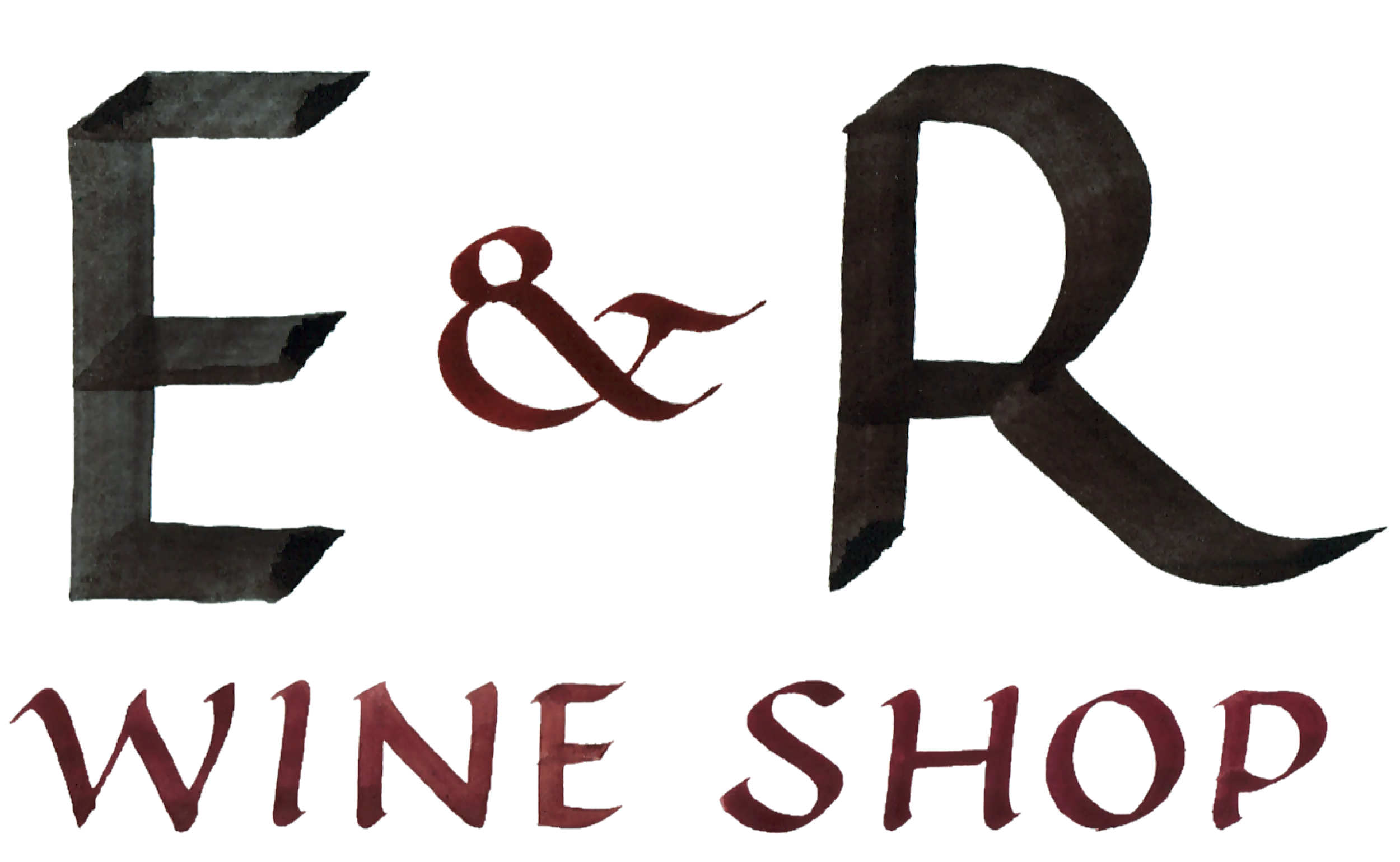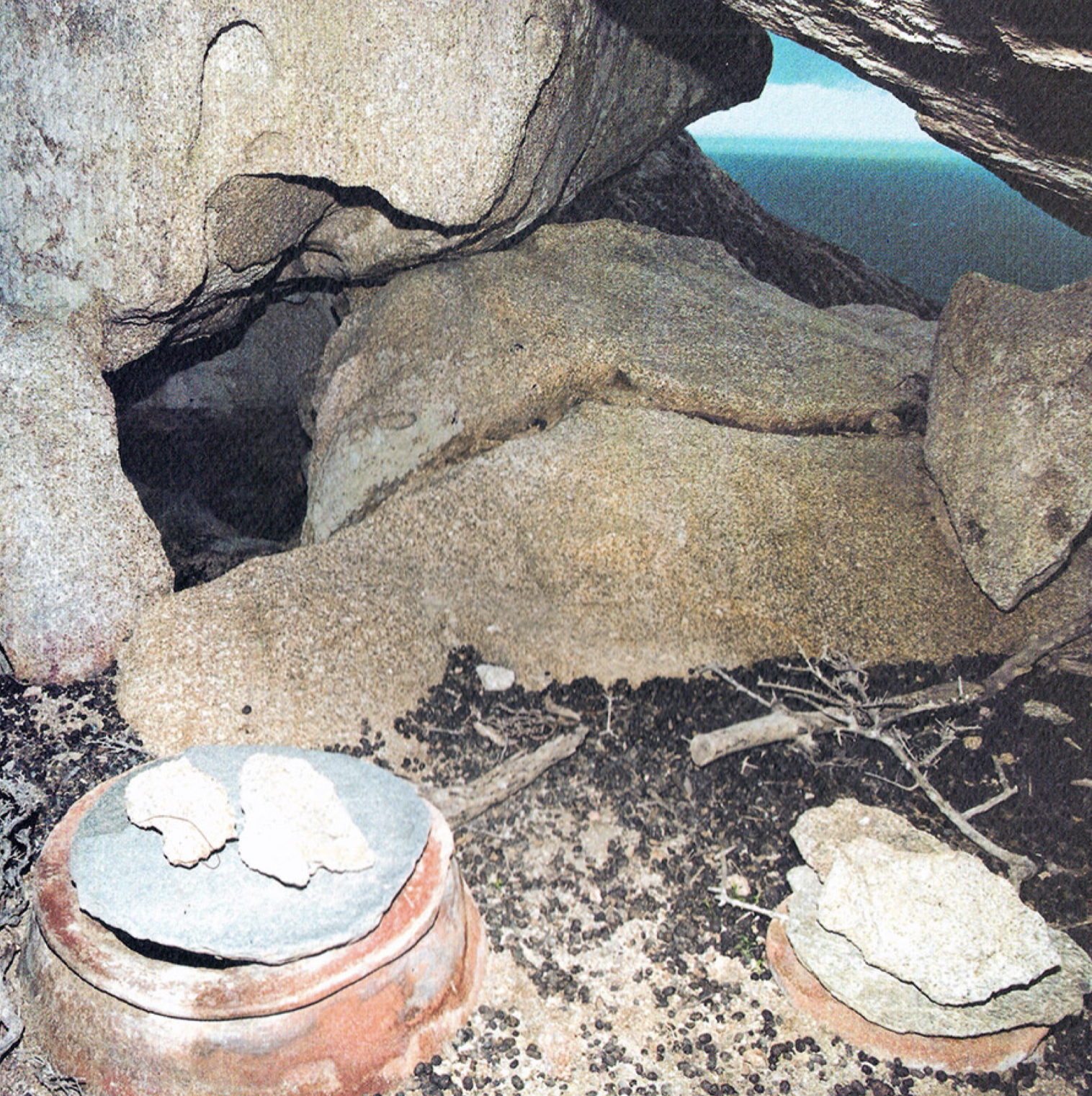WINE MINUS Ø - November 2020: Ancient School
(photo from Afianes site)
Georgics: BOOK ONE, Lines 1-5
What makes the cornfields happy, under what constellation
It’s best to turn the soil, my friend, and train the vine
On the elm; the care of cattle, the management of flocks,
The knowledge you need for keeping frugal bees: - all this
I’ll now begin to relate.
Writing around 29 BCE, Virgil introduces Georgics, his second major work, with a promise to relate how best to train the vine on the elm. That was 2,048 years ago - 20 centuries, 204 decades, 512 presidential terms, many lifetimes, a very long time ago. Archeology suggests that humans had been making wine for many thousands of years even before Virgil’s lengthy didactic poem about agriculture. In 2017 earthen jars containing wine residue and depicting a dancing man were found near Tbilisi, the capital of modern day Georgia. They dated back to 5,980 BCE.
In our second Midnight Correspondence, we look back in time. We revisit the ancients as we consider: What’s changed? Has anything stayed the same? How can the history of wine provide context to inform our understanding of natural wine today?
Returning to Virgil as our guide, we read in Book Two - which is dedicated to viticulture, trees, and olives - passages like:
Find out first if your vines are better laid out upon
Hilly or level ground. When you’re plotting out rich plain-land,
Sow thickly.
Avoid sloping your vineyard towards the setting sun
Never take the highest
Vine-shoots, nor tear your cuttings from off the top of a tree
(Such is earth’s attraction, the lower do best)
As long as your vines are growing in first and infant leaf,
They’re delicate, need indulgence. And while the gay shoots venture
Heavenward, given their head and allowed to roam the sky,
Don’t use a knife upon them yet - a fingernail
is enough for pruning their leaves and thinning them out in places.
Much of Virgil’s guidance in these passages and elsewhere in Georgics still applies to modern viticulture. Throughout the chapter, he addresses topics that continue to be relevant today like soil health, vine density, vigor, slope, aspect, trellising, and pruning. He also goes into detail about some elements of farming that are now rather hotly contested elements of biodynamics, such as using the position of the stars to determine when to perform certain agricultural activities. While it may seem that Virgil writes a handbook for natural winegrowers, since nothing could be more “natural” than techniques developed thousands of years ago, interestingly Virgil draws a distinction between purely natural processes and agricultural methods that require human intervention, which he defines as things like grafting, trellising, and propagation. It is a reminder that the human component of winegrowing is as old as the craft itself.
Of course, we have strayed a long way from the agricultural practices of the ancients. Or, expressed differently, we have advanced our technology significantly in the last few thousand years. We now have not only “smooth reeds and poles of peeled wood” for trellising vines, but also synthetic fertilizers, pesticides, herbicides, and fungicides. In the cellar we have learned to isolate and culture specific strains of yeast. We know how pH affects microbial stability and color, and we can add or remove acid to adjust it at will. Some modern winemakers can heat or chill fermentation tanks from their cell phones. Science and technology have introduced consistency and scalability to wine, two things we have, perhaps unconsciously, come to expect and prioritize.
But, if we want to differentiate natural wines, where do we draw the line? As persistently as wine is part of the human experience - as a craft, an industry, a food, an element of spirituality and of culture - it has never been static. Virgil’s may have been one of the first, but it is certainly not the last book written about how best to farm winegrapes. Throughout history, wine has captivated human curiosity and inspired innovation. At the same time, it has welcomed us with a sense of connectedness to our own past and to the enduring, intangible essence of place. They say a healthy vine has roots as deep as its leaves are high. In the same way, the study and enjoyment of wine is both an exercise in rootedness and expansion.
So, our understanding deepens, evolves, and changes with time. As we learn more about how industrial era chemicals destroy the health of our soil and impact our well-being, we gravitate to wines made without as many interventions. Or, perhaps more to the point, our expectations for consistency and scalability begin to lose priority in favor of wines which, in their pursuit of an honest expression of grape and ground, minimize harm and maximize the health of our bodies and planet. We draw lines in pencil, based on our current, thoughtfully considered understanding, but we trust that we will continue to learn.
In this month’s Midnight Correspondence we highlight two producers who are not only working naturally, but who reach back for ancient practices and traditions, bringing antiquity and the long history of wine to life in the glass.
MIDNIGHT CORRESPONDENCE SELECTIONS, NOVEMBER 2020
Envinate Vidueno de Santiago del Tiede 2019
Ancient School Stylings: untrellised, untrained, Canary-island, volcanic field blends grown without chemicals and made without fining, filtration or sulfur dioxide
Afianes Wines Pioari 2017
Ancient School Stylings: indigenous varieties of ancient Greece pressed in a traditional stone “patitiri” and fermented outdoors in buried amphora
SKINNY DIPPING IN THE WATERTOWER SELECTIONS, NOVEMBER 2020
Envinate Benjie Blanco 2019 (sold out!)
Haut Berba Blanc Le Jardin de Mon Père 2018
Click on each wine for more detail.

